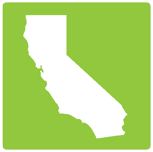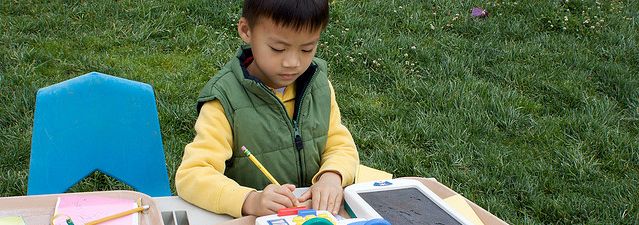Writing
Professional Development Session
Format: Mixed model, 2 hour interactive session; Prior to the session: read selected state publication pages, articles, PowerPoint and handouts. During the session, after reviewing materials and engaging in select writing activities, and small groups will develop a “Top 10 Reasons to Write with Preschool English Learners” tip sheet.
Through exposure to writing as a means of communication, children begin to learn that writing has many purposes, such as the provision of information, entertainment, and describing and remembering an event that has already occurred. When children make the connection between the written symbol and its meaning, cognitive growth ensues; they develop a “…fixed representation of oral language. They can explore it, as it doesn’t vanish like the spoken word.” Environments that encourage writing acknowledge that young children are attempting to gain control over the language’s symbol system by making sense of the marks on the paper and approximating those marks (PCF, pp. 219-220). Prior to the session, participants read selections from state publications, access and read articles and handouts, and view the PowerPoint. During the interactive session, participants will discuss how they might support classroom teachers to create learning environments and integrate activities that support the use of writing to foster English literacy skills.
Resources
 | State Publications California Preschool Learning Foundations, Volume 1, pp. 134-136 Preschool English Learners: Principles and Practices for Promoting Language, Literacy and Learning, pp.80-81 |
 | Chapters and ArticlesBernhard, J., et. al. January, 2008. “Read My Story!” Using the Early Authors Program to Promote Early Literacy Among Diverse, Urban Preschool Children in Poverty. Journal of Education for Students Placed at Risk (JESPAR) Shagoury, R. March, 2009. Language to language: Nurturing writing development in multilingual classrooms. Young Children. Schickedanz, J. 1998. Much more than the ABC’s: The early stages of reading and writing. Washington DC: NAEYC, Chapter 5 |
 | Powerpoints
|
 | VideoDeveloping the Young Bilingual Learner (NAEYC 1998)—video from PEL Guide training
|

